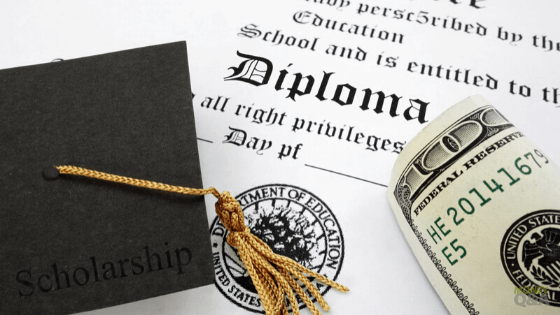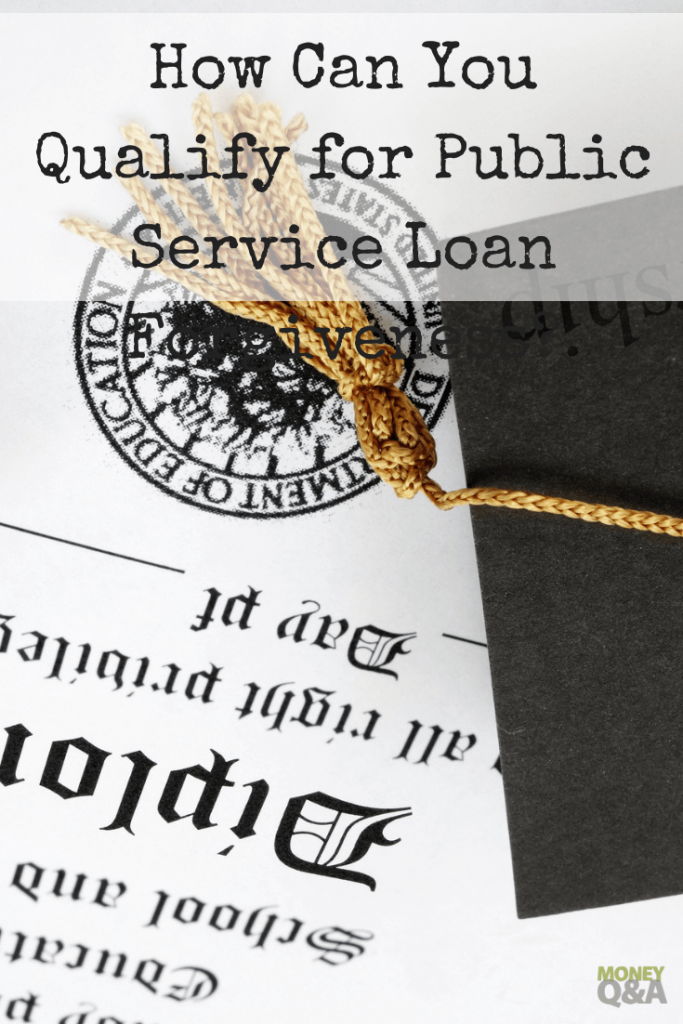
The government-funded Public Service Loan Forgiveness (PSLF) program launched in 2007, but despite high hopes for this program – which was designed to bring financial relief to thousands of Americans struggling with student loan debt – the results have been abysmal so far, with only 1,216 applicants achieving loan forgiveness as of September 2019.
Compare that to the 100,000+ applicants who have been rejected by the program, whether due to ineligible employers (“public service” isn’t as clear-cut as you might expect), missed payments (or applying for forgiveness before the minimum payments threshold is met), ineligible loans (not all student loans qualify) or simply filling out the request form incorrectly.
If you think you may qualify for the Public Service Loan Forgiveness program and want to get started on the road to student loan forgiveness, here’s everything you should know before submitting your application to the Department of Education.
What is Public Service Loan Forgiveness?
Simply put, public service loan forgiveness is a program for government and nonprofit employees to be freed of their student loans after making consistent payments and maintaining employment in a public service job for a specified timeframe. In order to qualify for Public Service Loan Forgiveness, you’re required to make 120 qualifying payments on your direct loans while employed full-time by a recognized public service employer(s). If you’re concerned about job security, then fortunately the PSLF states that neither the payments nor the employment need to be consecutive.
Additionally, you should know that the “forgiveness” aspect of the PSLF program only applies to the remaining balance on your direct loans…not the entire loan. For example, if you took out $50,000 loans for grad school and pay off $30,000 over the course of 10 years (12 payments per year = 120 payments), then the PSLF program will forgive the remaining $20,000 amount (plus interest).

Does My Job Qualify for Loan Forgiveness?
According to StudentAid.gov, “any U.S. federal, state, local, or tribal government agency is considered a government employer for the Public Service Loan Forgiveness Program. This includes employers such as the U.S. military, public elementary and secondary schools, public colleges and universities, public child and family service agencies, and special governmental districts (including entities such as public transportation, water, bridge district, or housing authorities).”
This means you could qualify for PSLF as long as you’re in the military, law enforcement, public safety, education (elementary through college, including private nonprofit schools and universities), social work and public health (employed by a government agency or eligible 503c organization), public transportation operator, housing agency employee, or other position involving public service. As a note, the PSLF program does not apply to most government contractors (only full-time employees are eligible).
If you’re unsure whether you qualify for PSLF, you can also call 1-800-4-FED-AID (1-800-433-3243) to ask an expert if you are eligible for the loan forgiveness program.

What Do I Need to Do?
Once you’re reasonably sure that you qualify for a Public Service Loan Forgiveness program, your next step is to fill out the Employment Certification for Public Service Loan Forgiveness (annually OR when you change employers). Send your completed form to FedLoan Servicing (PHEAA), which will review your information and make an official determination as to whether you qualify for PSLF. You may be asked to provide additional information, such as W-2 forms, pay stubs and other documents that can verify your current employment status at an organization classified as a public service entity.
If you ultimately qualify, then your student loans will be transferred to PHEAA, which will then inform you how many payments you’ve made thus far will count towards PSLF and how many more payments remain until your loans are forgiven.
Alternative Options for Loan Forgiveness
If you do not qualify for Public Service Loan Forgiveness for whatever reason, there may be other options available to you, including:
- Teacher Loan Forgiveness: if you teach full-time for 5 consecutive academic years in a low-income school or educational service agency (and meet other qualifications) you may be eligible for forgiveness of up to $17,500 on Direct or Federal Stafford subsidized/unsubsidized loans.
- Nurse Corps Student Loan Repayment Program: if you are an RN, APRN or nurse faculty, you may have up to 85% of your unpaid nursing education loans covered by the Health Resources & Services Administration (HRSA). You must first work at least 2 years in one of the many Critical Shortage Facilities around the U.S., which may be a hospital, clinic or other medical facility experiencing a shortage of nurse staff members.
- Pay As You Earn (PAYE): if you make consistent, on-time and in-full payments on your loans for 20 years (with payments capped at 10% of your discretionary income), you may be eligible for loan forgiveness
- Private Employer: even if you’re not in public service or nursing, you may still get some relief from student loan debt if you seek out a job with an employer offering student loan repayment assistance for employees. In 2019, just 8% of employers in the U.S. offered some kind of student loan financial assistance benefit for employees, but that number has been rising over the past few years and will likely continue to rise as employers recognize the importance of attracting top talent with job perks like helping with student loan repayments.
Student loans are some of the most stubborn debts you’ll ever have in your life. Unlike a home or car, you can’t sell something to offload the debt and unlike credit cards and other types of loans, you can’t declare bankruptcy to escape student loans.
With this in mind, you should either consider an income-based repayment plan or pursue a career in public service and keep a meticulous record of your eligibility, payments and loan status to ensure you still qualify at the 120th payment mark.

